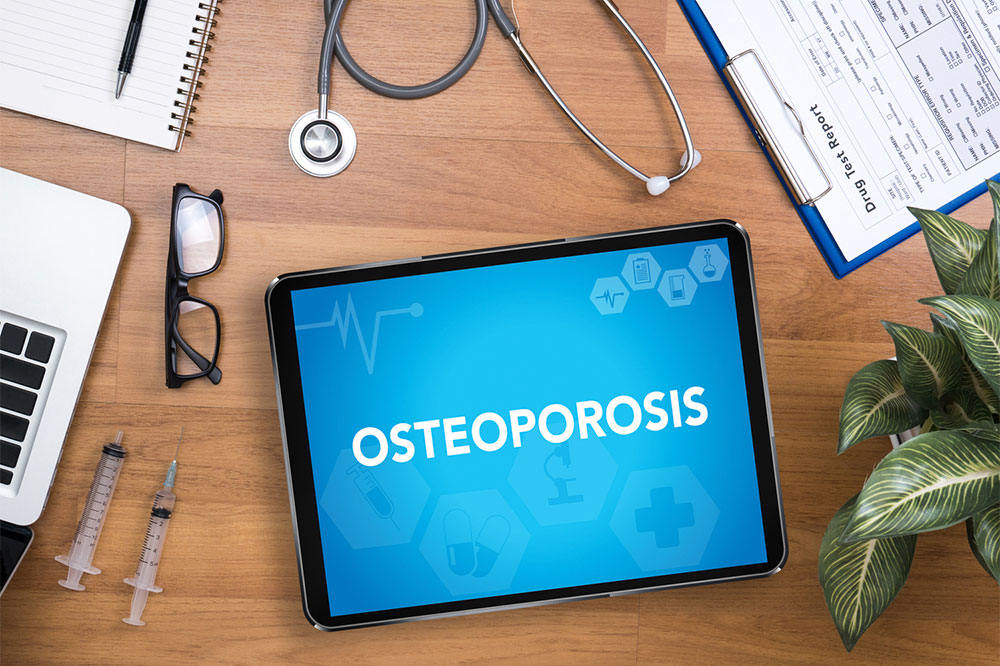Follow these eating habits and other tips to manage osteoporosis

Osteoporosis is a health condition that weakens the bones, causing them to turn brittle and fracture. About 10 million individuals in the country suffer from osteoporosis. The deterioration of bones occurs in one of five men. In women, the probability is higher with osteoporosis affecting one in three individuals. Doctors prefer various prescription methods to cope with the condition and may also recommend some food tips. Here we have a few tips for managing osteoporosis:
Eat foods to improve bone health
One way to avoid osteoporosis is by eating foods to improve bone health. Introducing foods rich in calcium, such as cheese, yogurt, and milk, can nourish the body with calcium. The element is a vital nutrient for the formation and maintenance of the skeleton. Foods rich in vitamin C, E, K, and B also help in improving bone health. A few foods rich in these vitamins are collards, kale, spinach, arugula, swiss chard, and beet greens. Adding these edibles to meals can also introduce minerals like magnesium, selenium, and manganese to improve the quality of bones. Furthermore, eating foods abundant in omega-3, such as salmon and eggs, nourish the bones and promote rigidity. The fatty acid can also curb inflammation that may relieve any pain a person feels in their joints.







